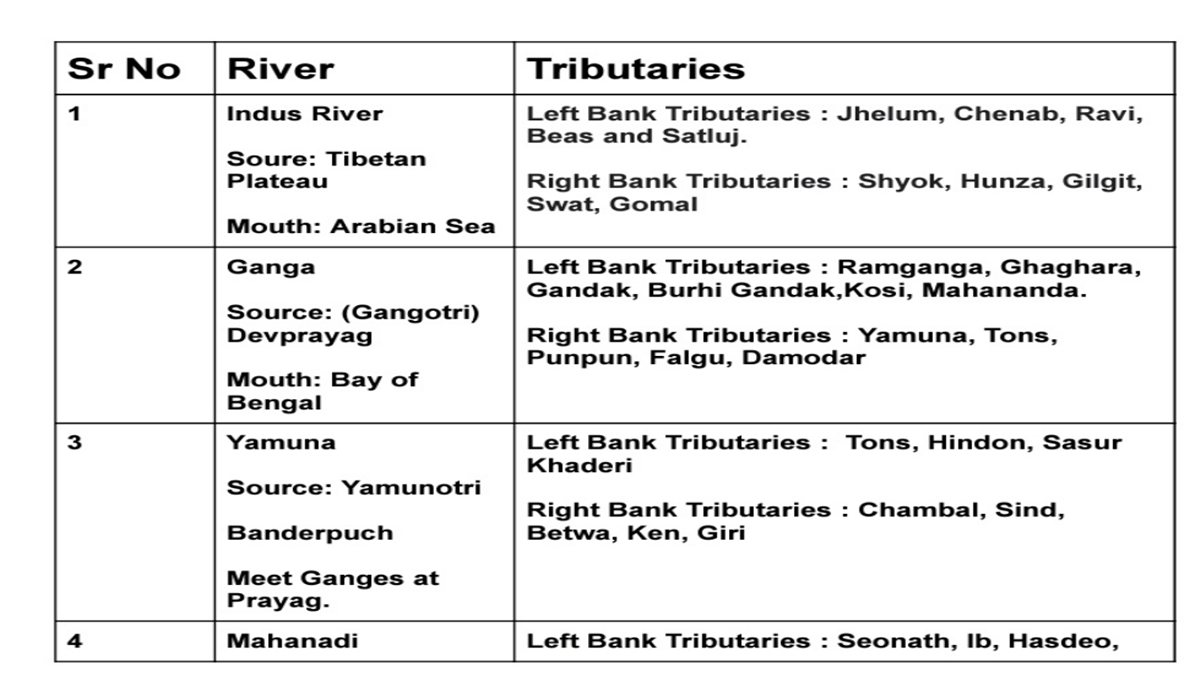North American Mountains Quiz
Question: What is the highest peak in North America?
Answer: Denali
Question: In which mountain range is Mount Whitney located?
Answer: Sierra Nevada
Question: Mount Elbert, the highest peak in the Rocky Mountains, is in which U.S. state?
Answer: Colorado
Question: Which North American mountain’s name means ‘The Trembling Mountain’ in the local First Nations language?
Answer: Mount Logan
Question: Mount Saint Elias, the second highest mountain in both the United States and Canada, is part of which mountain range?
Answer: Saint Elias Mountains
Question: Pico de Orizaba, North America’s highest volcano, is located in which country?
Answer: Mexico
Question: Which mountain range extends from New Mexico to British Columbia in Canada?
Answer: The Rocky Mountains
Question: The Appalachian Mountains run through how many U.S. states?
Answer: 13
Question: Which mountain range is often considered the eastern boundary of the Great Plains?
Answer: The Appalachian Mountains
Question: Mount Mitchell is the highest peak of which mountain range?
Answer: The Appalachian Mountains
Question: Mount Fairweather, known for its sudden weather changes, is found in which North American country?
Answer: Canada
Question: The Cascade Range is found on the western coast of which country?
Answer: The United States
Question: What is the highest peak in the Canadian Rockies?
Answer: Mount Robson
Question: Mount Popocatepetl, one of Mexico’s most active volcanoes, is part of which mountain range?
Answer: The Trans-Mexican Volcanic Belt
Question: The Brooks Range is part of which U.S. state’s topography?
Answer: Alaska
Question: Mount Foraker, the third highest peak in the United States, is located in which national park?
Answer: Denali National Park
Question: Mount Katahdin, the highest peak in Maine, marks the northern terminus of which trail?
Answer: The Appalachian Trail
Question: The Ozark Mountains primarily span two U.S. states. Name one.
Answer: Arkansas or Missouri
Question: What is the highest peak in the Cascade Range?
Answer: Mount Rainier
Question: The Adirondack Mountains are located in which U.S. state?
Answer: New York
Question: The highest mountain in the contiguous United States is located in which state?
Answer: California
Question: Mount Hood, a potentially active stratovolcano, is located in which U.S. state?
Answer: Oregon
Question: Which mountain range in western North America stretches over 3,000 miles from British Columbia to New Mexico?
Answer: The Rocky Mountains
Question: Mount Waddington, the highest peak entirely in British Columbia, is part of which mountain range?
Answer: The Coast Mountains
Question: Which North American mountain is often nicknamed ‘America’s Matterhorn’ due to its pyramidal shape?
Answer: Mount Assiniboine
Question: The highest peak of the Sierra Madre Occidental range is located in which country?
Answer: Mexico
Question: What is the highest peak in the Grand Teton Range?
Answer: Grand Teton
Question: Which mountain range forms the eastern edge of the Los Angeles basin in California?
Answer: The San Gabriel Mountains
Question: The Great Smoky Mountains straddle the border between which two U.S. states?
Answer: North Carolina and Tennessee
Question: Mount Washington, known for its dangerously erratic weather, is part of which mountain range?
Answer: The White Mountains
Question: The Guadalupe Mountains are located in which U.S. state?
Answer: Texas
Question: The Blue Ridge Mountains, a segment of the Appalachian Mountains, are located primarily in which U.S. state?
Answer: Virginia
Question: What is the highest peak in the Saint Elias Mountains?
Answer: Mount Logan
Question: In which U.S. state is the highest peak of the Allegheny Mountains located?
Answer: West Virginia
Question: Mount Iztaccihuatl, Mexico’s third highest, is located in which mountain range?
Answer: The Trans-Mexican Volcanic Belt
Question: What is the highest point in the Uinta Mountains?
Answer: Kings Peak
Question: What is the name of the stratovolcano located in the Chugach Mountains of southern Alaska?
Answer: Mount Redoubt
Question: Which major mountain range lies in the western part of North America, from British Columbia to California?
Answer: The Cascade Range
Question: Mount Shasta, part of the Cascade Range, is located in which U.S. state?
Answer: California
Question: The Olympic Mountains are found on the Olympic Peninsula of which U.S. state?
Answer: Washington
Question: The Bitterroot Range straddles the border of which two U.S. states?
Answer: Idaho and Montana
Question: The Absaroka Range is a sub-range of which major North American mountain range?
Answer: The Rocky Mountains
Question: The Sangre de Cristo Mountains, a subrange of the Rocky Mountains, are primarily located in which U.S. state?
Answer: Colorado
Question: The highest peak in the Sierra Madre Oriental range, Cerro Potosí, is located in which country?
Answer: Mexico
Question: What is the highest peak in the Wasatch Range?
Answer: Mount Nebo
Question: Mount McKinley is the former name of which North American peak?
Answer: Denali
Question: Mount Rainer, an active stratovolcano, is located in which U.S. state?
Answer: Washington
Question: The Black Hills, home to Mount Rushmore, are located in which U.S. state?
Answer: South Dakota
Question: The Klamath Mountains, a subrange of the California Coast Ranges, are primarily located in which U.S. state?
Answer: California
Question: In which North American mountain range would you find the peak of Mount Borah?
Answer: The Lost River Range, Idaho, USA
Also Read: European Rivers and Mountains Quiz
